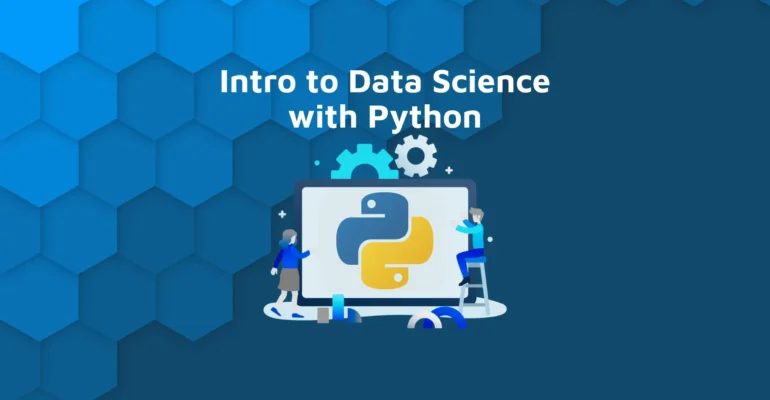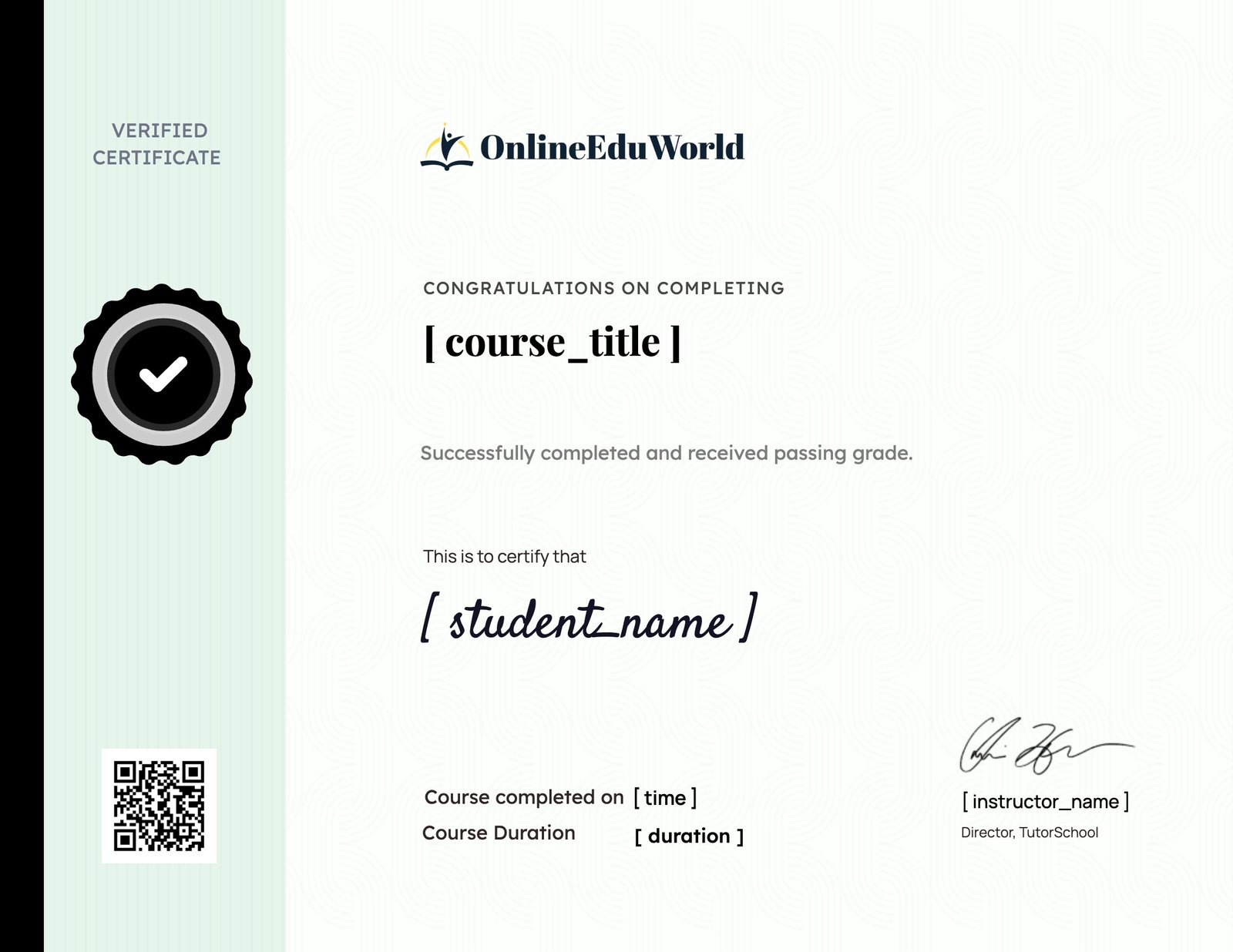Introduction to Data Science with Python

About This Course
This course provides an introduction to data science using Python, covering essential tools and techniques for data analysis, visualization, and machine learning. Designed for beginners and those with some programming experience, this course aims to equip participants with foundational skills to manipulate and analyze data effectively.
Course Outline
- Introduction to Data Science
- Overview of data science and its importance
- Roles and responsibilities of a data scientist
- Introduction to Python for data science
- Python Basics for Data Science
- Variables, data types, and operators
- Control flow (if statements, loops)
- Functions and modules
- Handling exceptions and errors
- Data Manipulation with NumPy
- Introduction to NumPy arrays
- Array operations (slicing, indexing)
- Broadcasting and vectorization
- Working with matrices and linear algebra operations
- Data Analysis with Pandas
- Introduction to Pandas data structures (Series, DataFrame)
- Data manipulation and cleaning techniques
- Grouping, aggregating, and transforming data
- Handling missing data and outliers
- Data Visualization with Matplotlib and Seaborn
- Introduction to Matplotlib for creating basic plots
- Customizing plots (labels, colors, styles)
- Using Seaborn for statistical data visualization
- Creating interactive visualizations with Plotly or Bokeh
- Introduction to Machine Learning
- Overview of machine learning concepts
- Supervised vs. unsupervised learning
- Introduction to regression and classification algorithms
- Machine Learning with Scikit-Learn
- Overview of Scikit-Learn and its APIs
- Building and evaluating machine learning models
- Model selection and hyperparameter tuning
- Introduction to cross-validation and model evaluation metrics
- Data Science Projects
- Hands-on projects to apply Python and data science concepts
- Analyzing datasets, visualizing trends, and making predictions
- Guidance on completing and presenting data science projects
- Ethical Considerations and Best Practices
- Ethics in data science and responsible data handling
- Best practices for data collection, cleaning, and analysis
- Privacy and security considerations in data science
- Career Paths and Further Learning
- Career opportunities in data science and related fields
- Resources for continuous learning and professional development
- Networking and community engagement in the data science industry
Learning Objectives
Understand the basics of data science and its applications.
Learn how to use Python for data manipulation and analysis.
Master data visualization techniques to present insights effectively.
Gain an introduction to machine learning concepts and algorithms.
Develop skills in applying Python libraries such as NumPy, Pandas, Matplotlib, and Scikit-Learn.
Target Audience
- This course is suitable for beginners with basic programming knowledge (Python preferred) and an interest in data analysis and machine learning. It's also beneficial for professionals looking to transition into data science roles.
Curriculum
1 Lesson10h 23m
Lesson
Introduction to Data Science with Python10:23:56
Earn a certificate
Add this certificate to your resume to demonstrate your skills & increase your chances of getting noticed.


